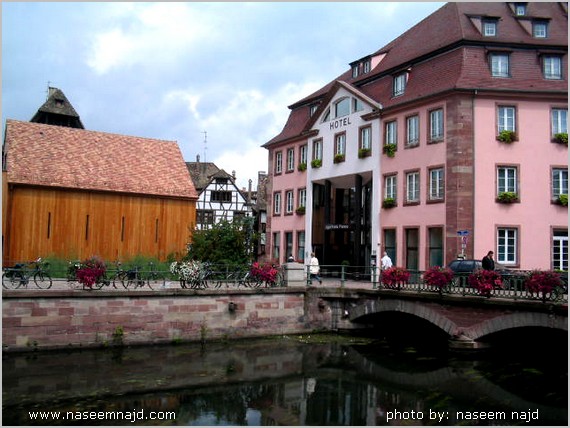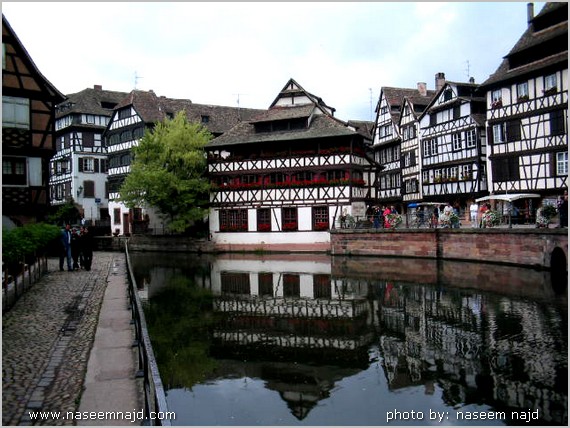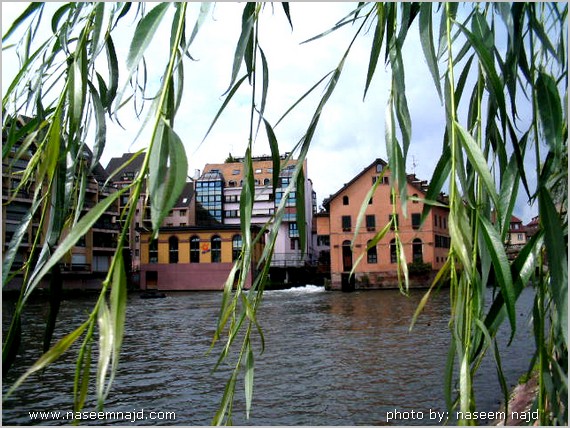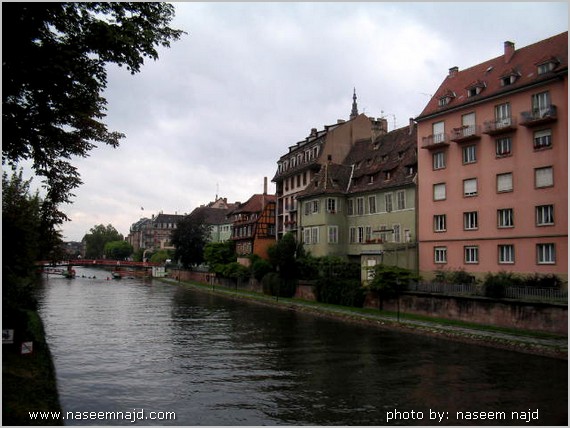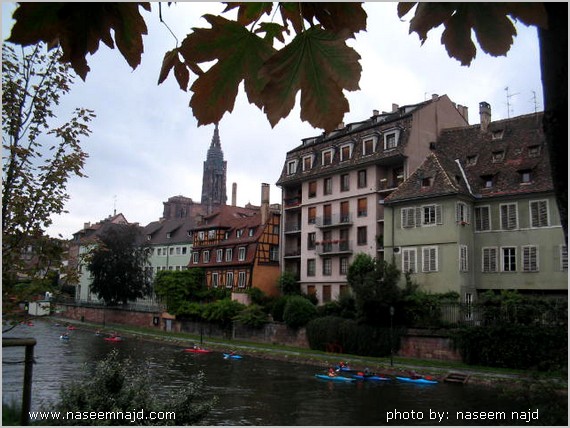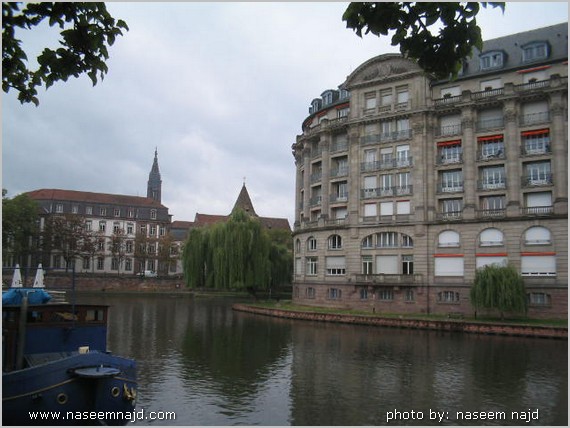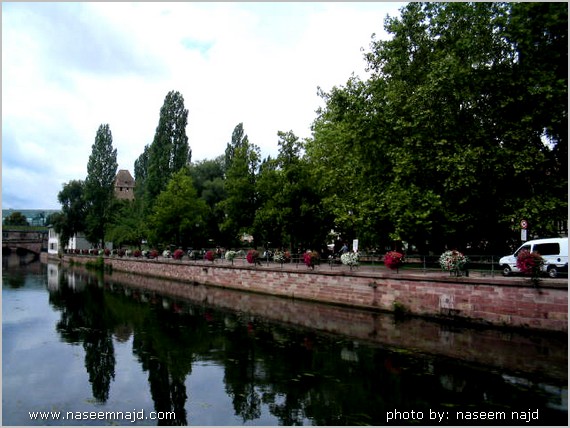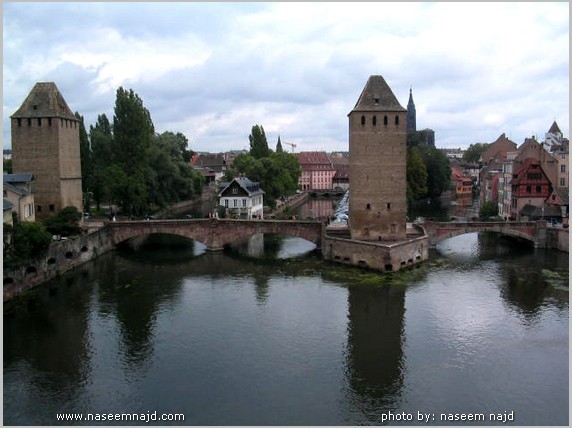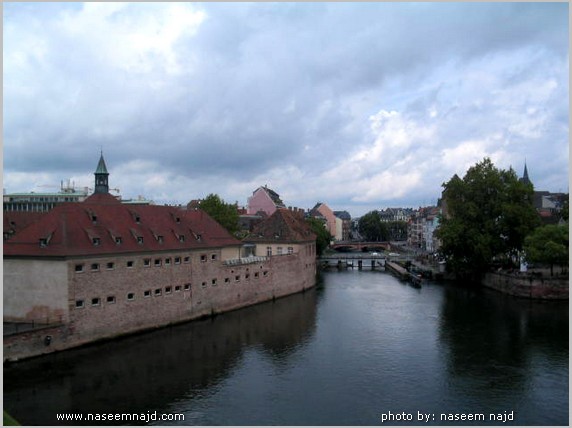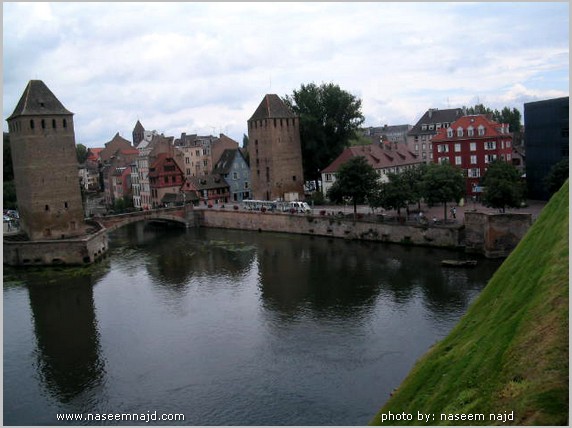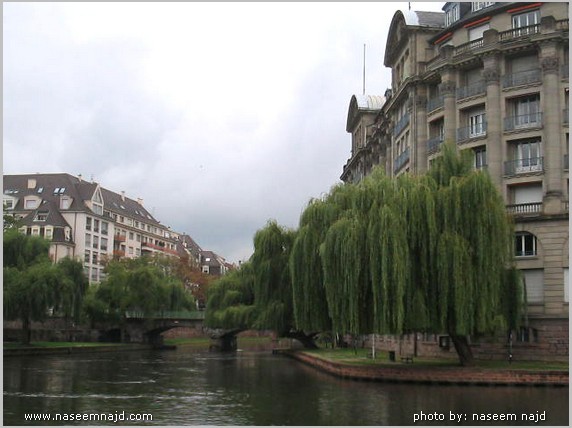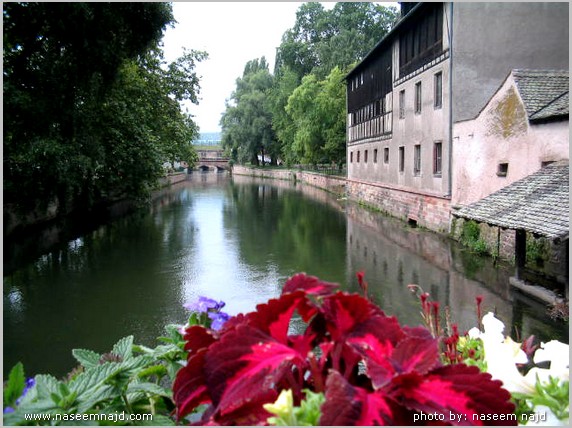Book on Biological Laboratory penalty 17
Page 127
TML/MSH Microbiology Department
Policy & Procedure Manual
Policy # MI\TECH\48\v01 Page 3 of 3
Technical Manual
Precautions
1. The TSI tube should be read within 18-24 hr. If read earlier, a false +/+ reaction may occur;
if after 24 hr, a fals e -/-reaction may occur.
2. An H2S organism may produce so much black precipitate that the acidity in the butt is
completely masked. If H
2
S is produced, an acid cond ition exists in the butt.
3. There is no inhibitor in this medium, therefore any organism may grow. Be certain that the
organism tested is a catalase positive, gram negative bacillus.
4. S. typhi usually produces a ring of H
2
S near the surface of the butt. Occasionally the amount
of H
2
S produced is so small that it will not be detect ed in TSI, but will show up in SIM
media.
5. Some organisms produce such an abundance of gas that th e medium may be completely
displaced by gas, resulting in the medium being blown up into the cap of the tube. Use
caution to avoid contamination.
6. Do not tighten the cap of a TSI tube. A free exchange of air is necessary to enhance the
alkaline reaction of the slant.
Quality Control
Test the media each time it is prepar ed using the following organisms:
E. coli: (ATCC 25922) : +/+
P. mirabilis: (ATCC 12453) : -/+/H2
S
P. aeruginosa: (ATCC 27853) : -/-
References
1. MacFaddin JF, Bioche mical Tests for Identifi cation of Medical Bacteria, 2nd ed., Williams
and Wilkins, Baltimore MD, 1980, p183-194.
PROCEDURE MANUAL
TORONTO MEDICAL LABORATORIES / MOUNT SINAI HOSPITAL MICROBIOLOGY DEPARTMENT
Page 128
TML/MSH Microbiology Department
Policy & Procedure Manual
Policy #MI\TECH\49\v01 Page 1 of 2
Section: Technical Manual Subject Title: Tube Coagulase Test
Issued by: LABORATORY MANAGER Original Date: July 31, 2000
Approved by: Laboratory Director
Revision Date: February 15, 2002
TUBE COAGULASE TEST
Principle
This test is used to speciate staphylococci by determ ining the ability of an isol ate to clot plasma by
producing the enzyme coagulase.
Reagents
Rabbit plasma
1. Reconstitute one vial at a time with sterile distilled water (volume determined by
vial size).
2. Store refrigerated before and after reconstitution. Use within 72 hours of
reconstitution.
Other Materials
Sterile glass tubes (tube method)
Culture loop or wooden applicator stick
Procedure
1. Add 0.5 mL of plasma to a sterile glass tube.
2. Emulsify a large loop ful of a pure colony of Staphylococcus into the plasma.
3. Incubate at 35
o
C for 4 hr, observing every 30 minutes for clot formation.
4. If there is no visible clot at the end of 4 hours, leave at room temperature overnight
and observe for cl ot formation.
Interpretation
Positive: Clot formation
Negative: No clot formation
PROCEDURE MANUAL
TORONTO MEDICAL LABORATORIES / MOUNT SINAI HOSPITAL MICROBIOLOGY DEPARTMENT
Page 129
TML/MSH Microbiology Department
Policy & Procedure Manual
Policy # MI\TECH\49\v01 Page 2 of 2
Technical Manual
Precautions
1) When observing the tube, do not shake or agitate the tube.
Quality Control
Each time a coagulase test is performed, known positive and negative cultures must be tested.
Positive: S. aureus (ATCC 25923)
Negative: S. epidermidis (ATCC 12228)
References
1. MacFaddin, J.F., Biochemical Tests for Identification of Medical Bacteria, 2nd ed.,
Williams and Wilkins, Baltimore MD, 1980, pgs. 64-77.
PROCEDURE MANUAL
TORONTO MEDICAL LABORATORIES / MOUNT SINAI HOSPITAL MICROBIOLOGY DEPARTMENT
Page 130
TML/MSH Microbiology Department
Policy & Procedure Manual
Policy #MI\TECH\50\v01 Page1 of 2
Section: Technical Manual Subject Title: Urea Slant
Issued by: LABORATORY MANAGER Original Date: July 31, 2000
Approved by: Laboratory Director
Revision Date: February 15, 2002
UREA SLANT
Principle
To determine the ability of an organism to split urea by the action of the enzyme urease forming
two molecules of ammonia with resulting alkalinity.
Materials
Urea Slant
Bacteriology loop
Procedure
1. From one isolated colony, heavily inoculate the urea slant.
2. Incubate O
2, 35
0
C.
3. Read at 3 hours and ag ain at 18-24 hours.
Interpretation
Positive: Intense pink-red colour.
Rapidly positive: 1 to 6 hours (Proteus spp.)
Delayed positive: ≥ 18 hours
Negative: No colour change
Precautions
Urea test media rely on the demonstration of alkalinity, thus are not specific for urease. The
utilization of peptones or other prot eins may cause an increase in pH.
Quality Control
Controls should be set up weekly.
P. mirabilis (ATCC 12453): Positive - 4 hours
K. pneumoniae (ATCC 13883): Weak positive - 18 hours
E. coli (ATCC 25922): Negative
PROCEDURE MANUAL
TORONTO MEDICAL LABORATORIES / MOUNT SINAI HOSPITAL MICROBIOLOGY DEPARTMENT
Page 131
TML/MSH Microbiology Department
Policy & Procedure Manual
Policy # MI\TECH\50\v01 Page 2 of 2
Technical Manual
References
1. MacFaddin JF, Biochemical Tests for Identification of Medical Bacteria, 2
nd
ed.,
Williams and Wilkins, Baltimore MD, 1980, p298-308.
PROCEDURE MANUAL
TORONTO MEDICAL LABORATORIES / MOUNT SINAI HOSPITAL MICROBIOLOGY DEPARTMENT
Page 132
TML/MSH Microbiology Department
Policy & Procedure Manual
Policy #MI\TECH\51\v01 Page 1 of 2
Section: Technical Manual Subject Title: X And V Disks for
Identification of Haemophilus
Issued by: LABORATORY MANAGER Original Date: July 31, 2000
Approved by: Laboratory Director
Revision Date: February 15, 2002
X AND V DISKS FOR IDENTIFICATION OF HAEMOPHILUS
Principle
Haemophilus spp. have different requir ements for the growth factor s X (hemin) and V (NAD).
These requirements are determined based on th e presence or absence of growth around disks
impregnated with V,X and XV factors.
Reagents
1. Bacto Differentiation Disks
BV NAD and 125 units/ml bacitracin
BX hemin and 125 units/ml bacitracin
BVX NAD, hemin 125 units/ml bacitracin
Store refrigerated
2. Mueller Hinton Agar (MHA)
Other Materials
Forceps
Swabs
Inoculating loop
Procedure
1. Pick one colony from CHOC, taking care not to carry over any agar from the medium.
2. Inoculate MHA and streak over the entire surface of th e plate using a sterile swab.
3. Place X, V and XV disks on the surface of the agar in the form of a triangle with at least 30-35 mm between disks.
4. Incubate CO
2
, 35
o
C X 18-24 hr.
5. Examine the pattern of growth around and/or between the disks.
Interpretation
Growth around the V and XV or the X and XV indicates a requirement for the single growth factor
V or X respectively. Growth around only the XV disk indicates a requiremen t for both factors.
PROCEDURE MANUAL
TORONTO MEDICAL LABORATORIES / MOUNT SINAI HOSPITAL MICROBIOLOGY DEPARTMENT
Page 133
TML/MSH Microbiology Department
Policy & Procedure Manual
Policy # MI\TECH\51\v01 Page 2 of 2
Technical Manual
Precautions
1. Avoid carry-over of growth factors.
Quality Control
Known positive and negative controls must be set up in parallel with the test.
H. influenzae (ATCC 35056): Growth around the XV disk only
H. parainfluenzae (ATCC 7901): Growth around V and XV disks
References
1. Difco Package in sert, June 1984.
PROCEDURE MANUAL
TORONTO MEDICAL LABORATORIES / MOUNT SINAI HOSPITAL MICROBIOLOGY DEPARTMENT
Page 134
TML/MSH Microbiology Department
Policy & Procedure Manual
Policy #MI\TECH\52\v01 Page 1 of 1
Section: Technical Manual Subject Title: Xylose Fermentation
Issued by: LABORATORY MANAGER Original Date: July 31, 2000
Approved by: Laboratory Director
Revision Date: February 15, 2002
XYLOSE FERMENTATION
Principle
A rapid chromogenic test for the identification of E. gallinarum.
Reagents
Prolab d-xylose tablets.
Sterile staline.
Other Materials
Sterile tubes (13 x 100 mm)
Procedures
1. Suspend the growth from BA in 0.25 mL salin e to achieve the turbidity >#2 McFarland
standard.
2. Add 1 tablet to the tube.
3. Incubate at 35 - 37
0
C x 2 hours.
4. Examine the tube for development of a yellow colour.
Interpretation
Positive: Yellow / yellow orange colour
Negative: Red
Quality Control
The following organisms are tested weekly:
Positive: E. gallinarum (ATCC 35038)
Negative: E. faecalis (ATCC 29212)
References
1. J. Clin. Microbiol. 12, 620-623, 1980.







































 \
\



